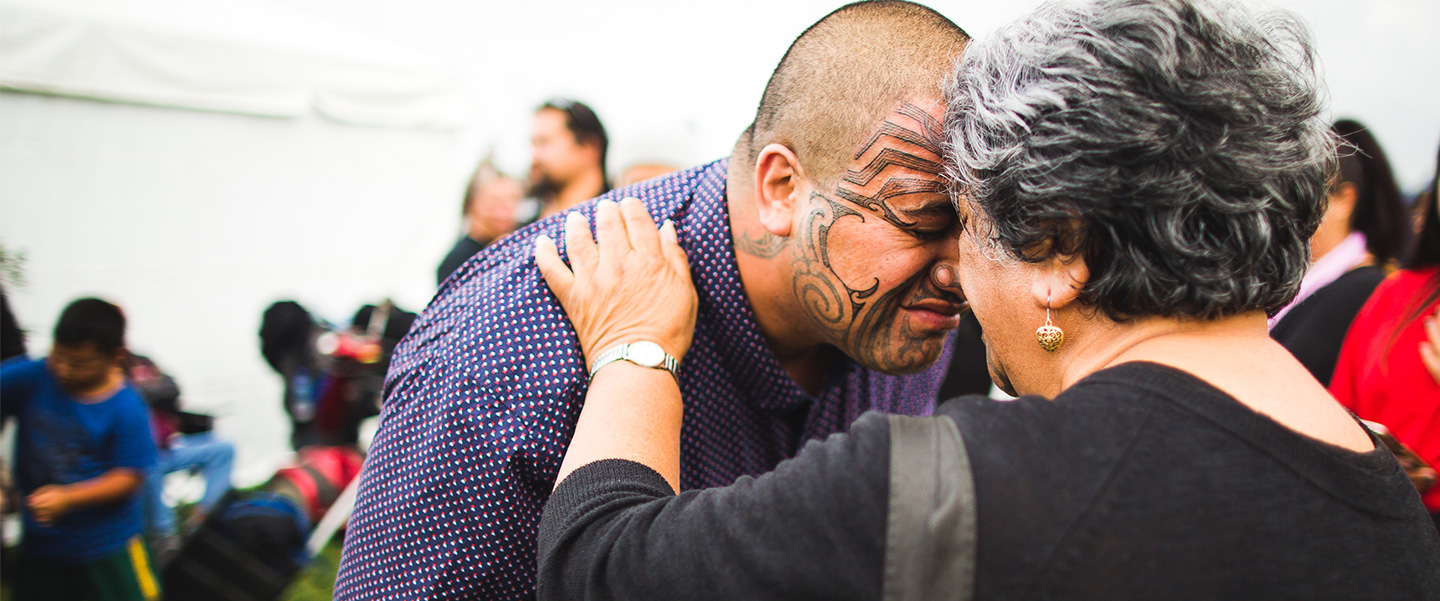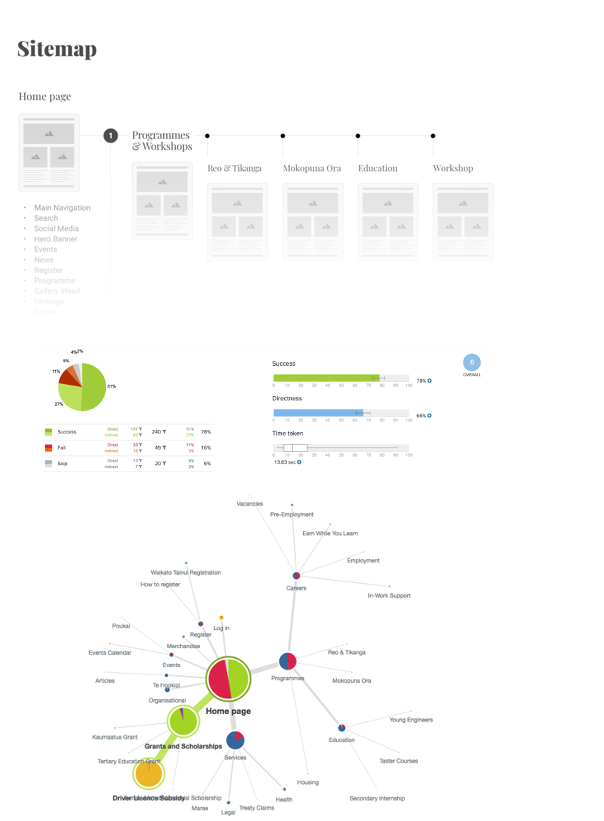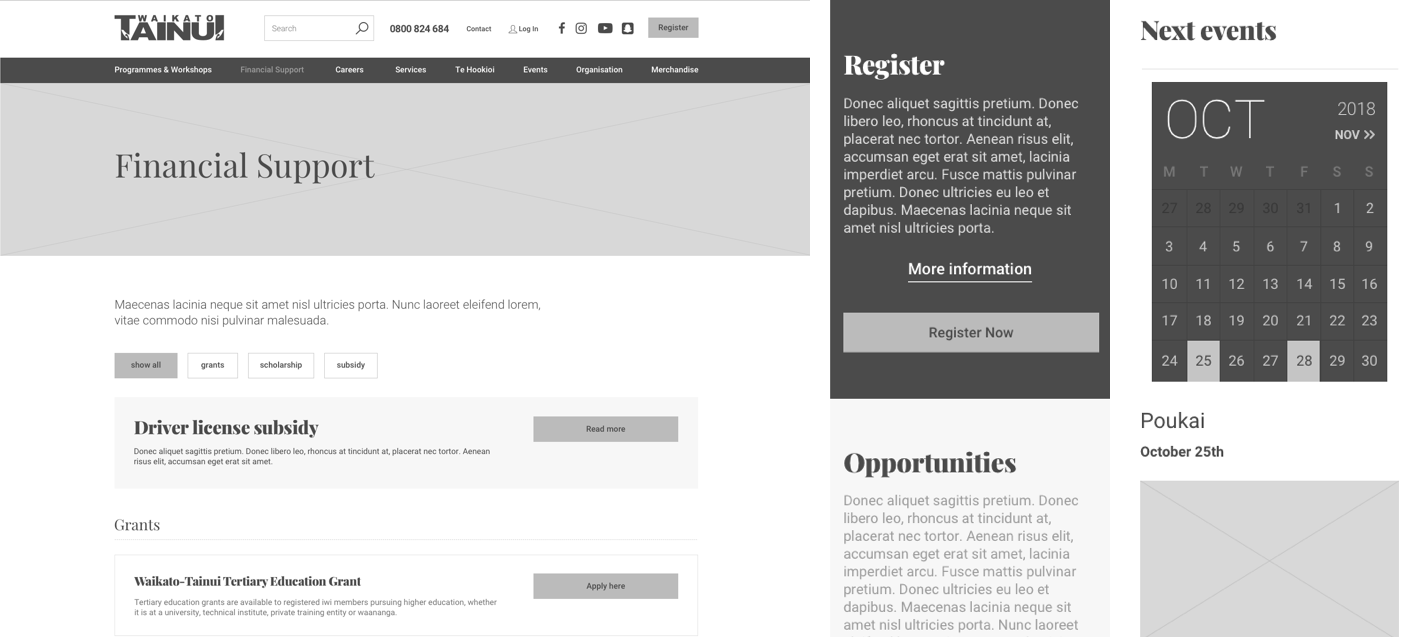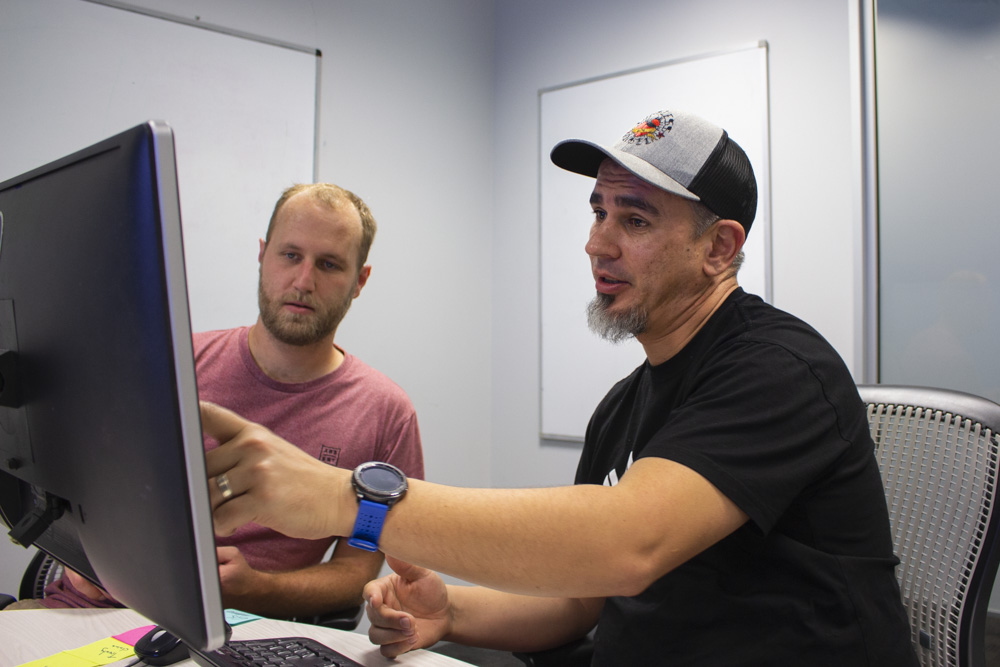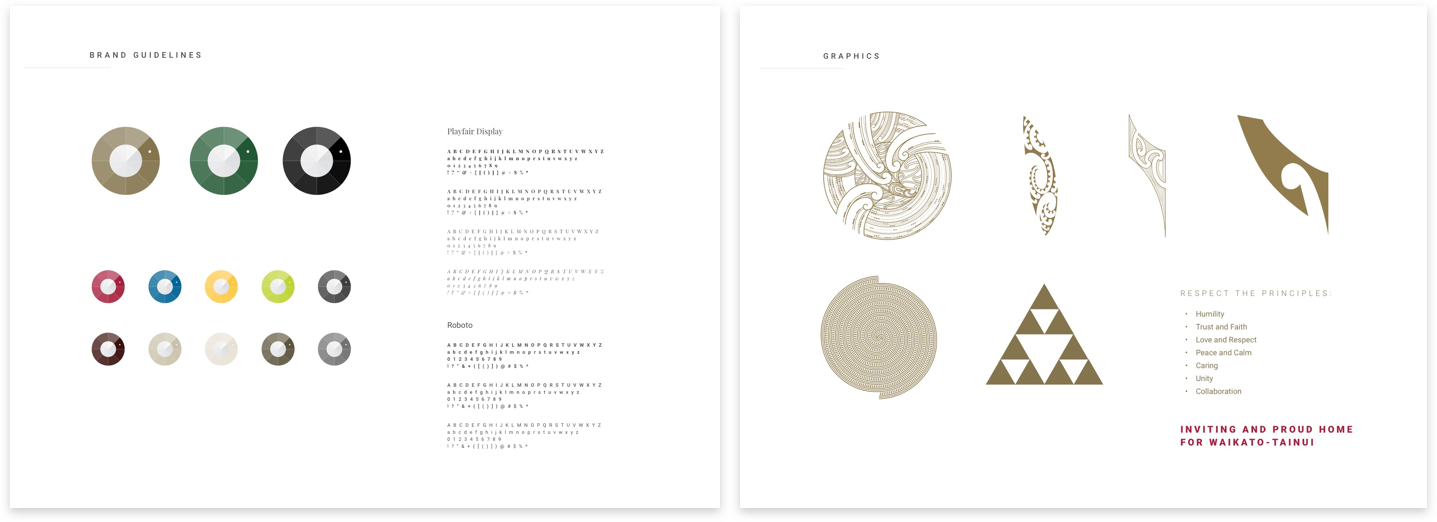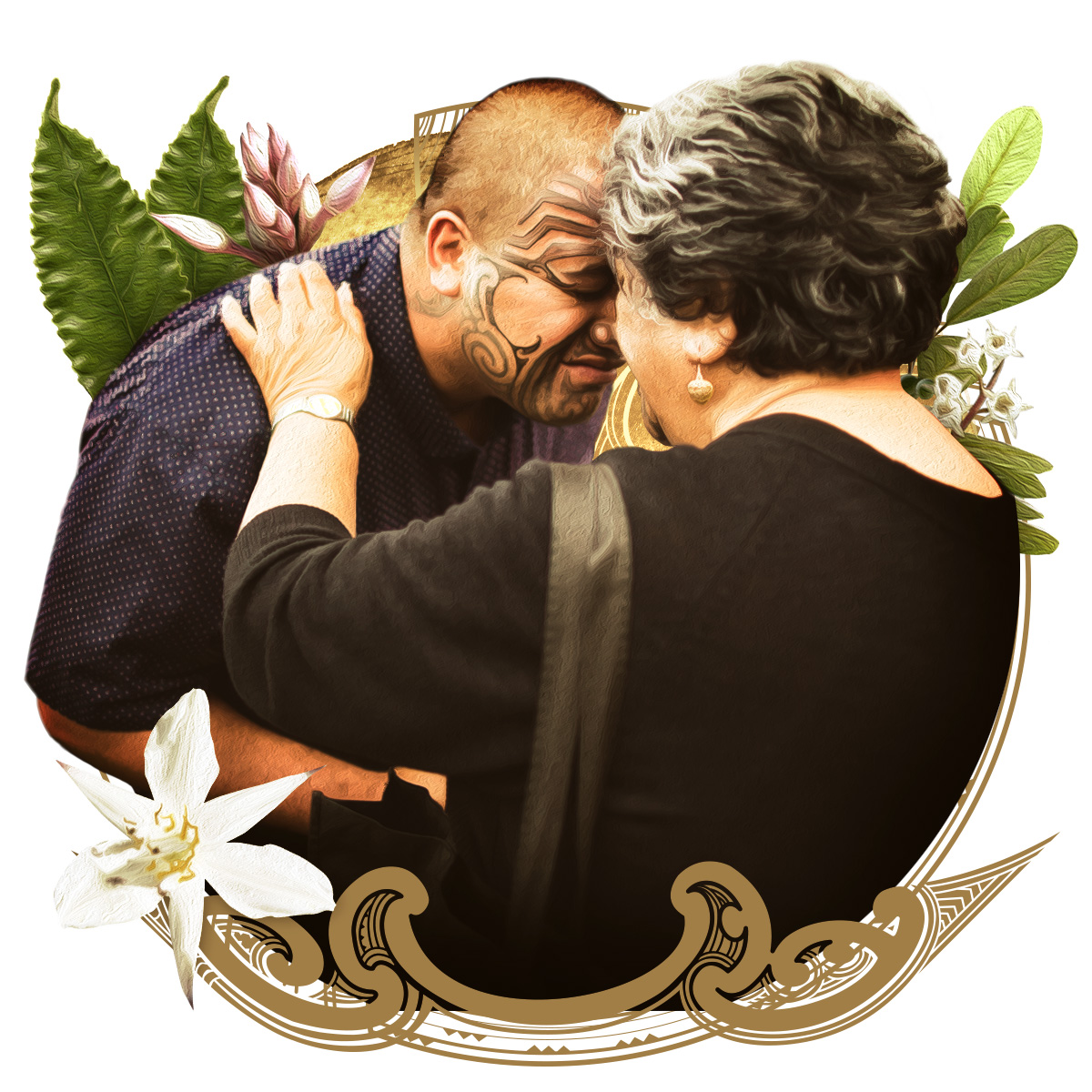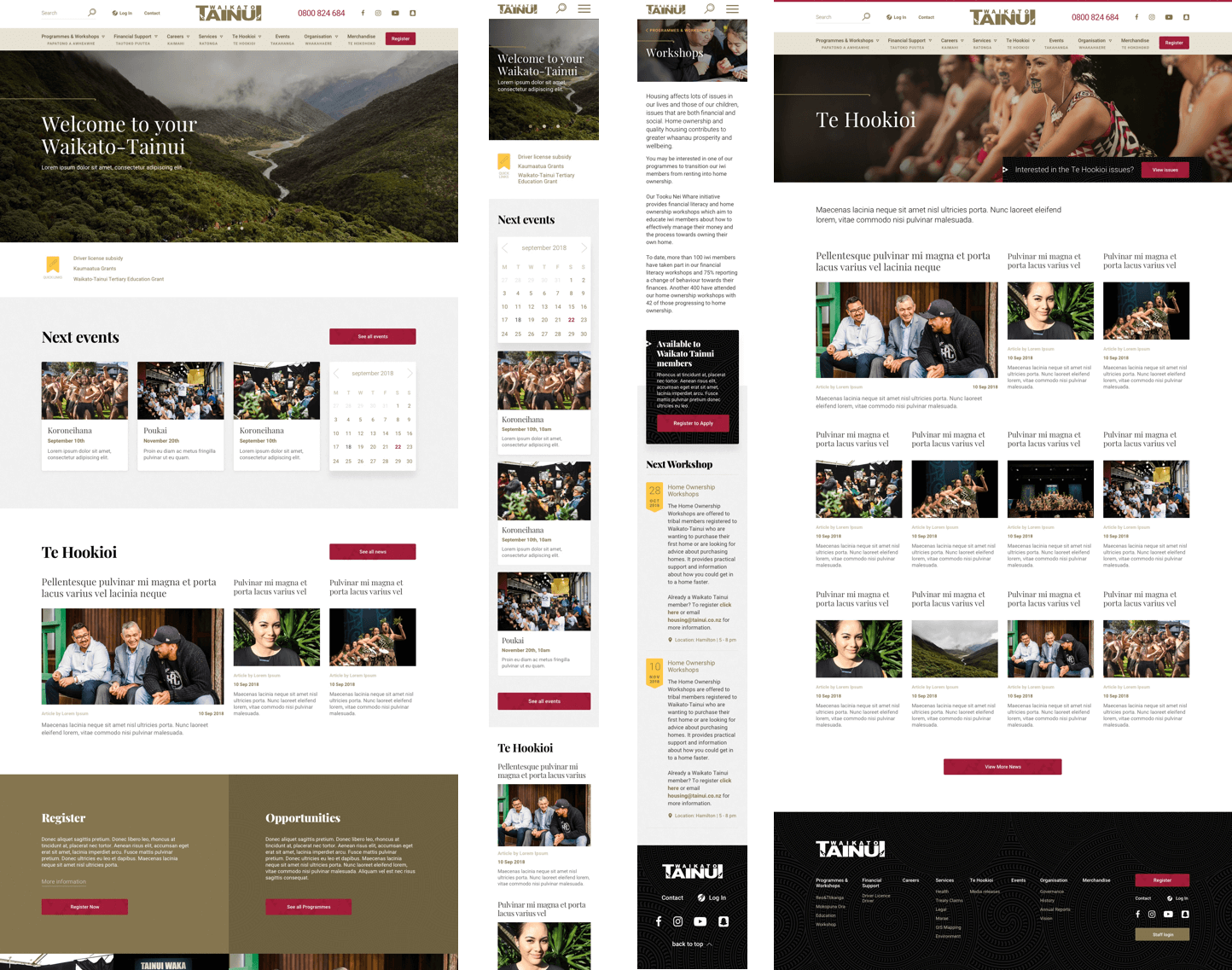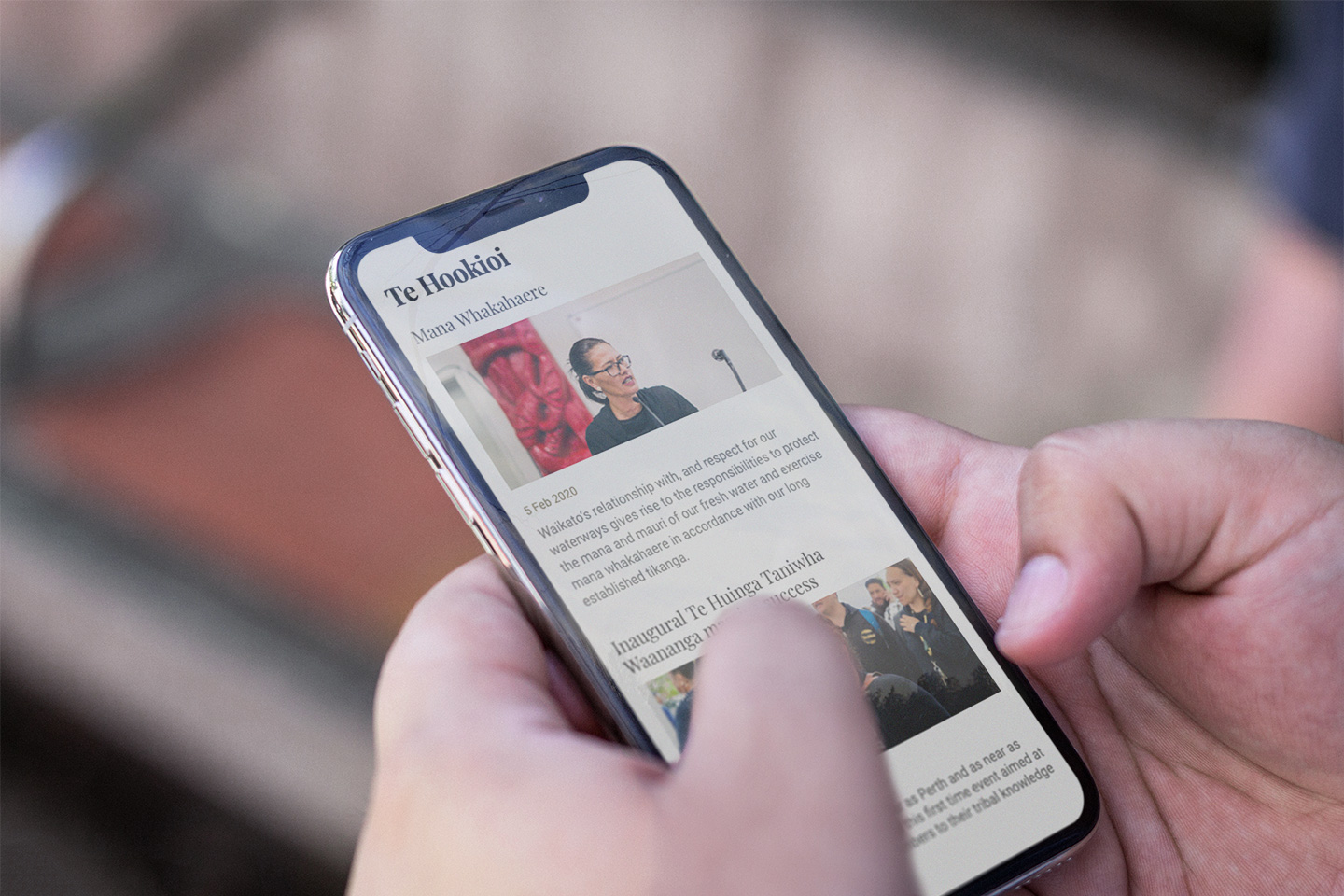Waikato-Tainui Redesign
Iwi
The mission of Waikato-Tainui is to enable mana motuhake (self governance) through growing a prosperous, healthy, vibrant, innovative and culturally strong Iwi. Together, we established the need for Waikato-Tainui was first and foremost to help their people access information, assistance and services. Secondly, we needed to deliver an improved communication strategy by producing a beautifully designed website. One which would lift the profile of Waikato Tainui within their community.
Waikato-Tainui had a website which was not fit for purpose. It did not suit the large volume of organisational, service and event/news related information required. Waikato Tainui needed a hub where a diverse range of users could easily find and access many different types of information and support.
The following is an overview of the user-centred discovery & design.
To ensure project success, we began by seeking to understand who we were designing for through user research. Waikato-Tainui had an intrinsic understanding who their users were, which we used to create prototype personas. With stakeholder help we launched a survey to iwi members asking a range of questions about themselves and how they used the website. This allowed us to validate our prototype personas, challenge assumptions and collect a range of data about end users.
Armed with this data we set out to create and test the site information architecture. Through a workshop we co-created a sitemap overview of the new website. To ensure this structure was logical and would fit end users' mental models, we conducted a Tree Jack study. This consisted of testing the proposed sitemap by getting users to find specific content within the structure. An analytical report of the results told us where problem areas existed.
We created wireframes for key pages and journeys, uncovered from initial user research. To ensure the website would be usable we undertook usability testing with end users. We did this by creating an interactive wireframe prototype with which users completed real world tasks. This helped to make testing as effective as possible as well as revealing where problem areas existed. With a report generated from the usability tests we iterated on the wireframes. Once this was done we moved into the design phase.
The challenge for us was in working with an existing brand while incorporating cultural elements in a respectful and appropriate way. To help us we had a consultation in the use of Maaori pattern and imagery. From this followed graphic exploration resulting in a basic style guide of web-ready elements.
The structure and content of the wireframes was then translated into beautifully designed pages using this style guide. This was no small task considering the design had to be expansive enough to accommodate a wide range of content such as workshops, events, news, searches, forms and e-commerce.
Waikato-Tainui staff were provided training for using the site's new CMS. This helped the team become self-sufficient in the authoring of their own content.
The resulting site in a three month period after release showed:
- 2,349 more active users
- 14.7% drop in bounce rates
- 24,999 more page views
